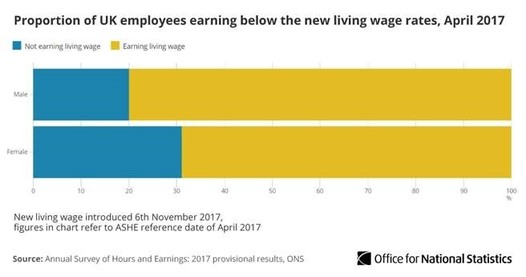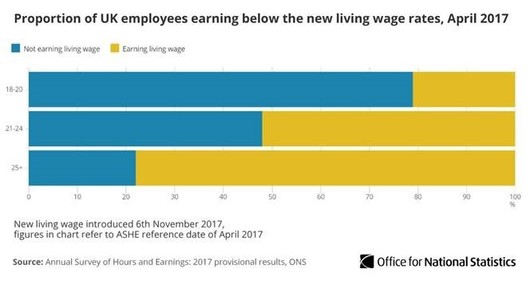Economy Commenting on today's short-term indicator figures, Office for National Statistics senior statistician Kate Davies said: "Manufacturing grew strongly with robust growth in cars and medical equipment. However, construction dropped for the second quarter running, driven by falls in commercial work and housing repairs. "The UK's trade balance with the rest of the world worsened, mainly due to large increases in imports of machinery, gold and fuel, partially offset by falling imports of aircraft." The final release of TOPSI in its current form is today, 10 November 2017. From December 2017, the Index of Production and Index of Services bulletins will each contain an additional annex covering the Monthly Business Survey data used in the compilation of that bulletin. Construction output contracted by 0.9% in the three-month on three-month series in September 2017, but remains at relatively high levels.
This fall of 0.9% for Quarter 3 (July to September) follows a decline of 0.5% in Quarter 2 (April to June), representing the first consecutive quarter-on-quarter decline in current estimates of construction output since Quarter 3 2012.
The 0.9% decline in output was due to decreases in both repair and maintenance, which fell 1.4% and all new work, which fell 0.7%.
Construction output fell 1.6% month-on-month in September 2017, stemming from falls of 2.1% in repair and maintenance and 1.3% in all new work.
The estimate for construction growth in Quarter 3 2017 has been revised down 0.2 percentage points from negative 0.7% in the preliminary estimate of gross domestic product (GDP), which has no impact on quarterly GDP growth to one decimal place. In the three months to September 2017, the Index of Production was estimated to have increased by 1.1% compared with the three months to June 2017, due mainly to a rise of 1.1% in manufacturing.
The largest contribution to the rise in manufacturing in the three months to September 2017 came from transport equipment, which rose by 3.0% followed by other manufacturing and repair, which rose by 4.4%.
In September 2017, total production was estimated to have increased by 0.7% compared with August 2017, due mainly to a rise of 0.7% in manufacturing, with the largest upward contribution from machinery and equipment not elsewhere classified and smaller increases from a range of other industries.
Total production output for September 2017 compared with September 2016 increased by 2.5%, with manufacturing providing the largest upward contribution, increasing by 2.7%; this was supported by rises in the other three main sectors.
In this release, the Index of Production estimate for Quarter 3 (July to Sept) 2017 was revised up by 0.1% from the increase of 1.0% published in Gross domestic product, preliminary estimate: July to September 2017; the upward impact of this revision to the previously published GDP was 0.03 percentage points, which does not impact the headline GDP growth rate to one decimal place. In the three months to September 2017, the total UK trade (goods and services) deficit widened by £3.0 billion to £9.5 billion; this was largely due to an increase in imports of goods, primarily due to increased imports of machinery, unspecified goods (including non-monetary gold) and fuels, partially offset by a decrease in imports of aircraft.
Imports of goods from both EU and non-EU countries increased between the three months to June 2017 and the three months to September 2017; exports to EU countries increased by £0.9 billion, while exports to non-EU countries fell by £1.7 billion in the same period.
The UK's total trade deficit (goods and services) narrowed by £0.7 billion between August and September 2017; this was primarily due to increased exports of unspecified goods (including non-monetary gold).
The UK's total trade deficit (goods and services) excluding erratic commodities narrowed by £0.1 billion to £3.8 billion between August 2017 and September 2017; mainly due to an increase in goods exports excluding erratic commodities. Employment and labour market In April 2017, 26% of UK workers were earning below the new living wage rates announced on Monday. Nearly one in three women earned less than the new living wage in April 2017, compared with one in five men. 
Almost half of 21 to 24 year olds were earning less than the new living wage in April 2017.  How does the new living wage compare with people earning below the previous living wage? | 
No comments:
Post a Comment